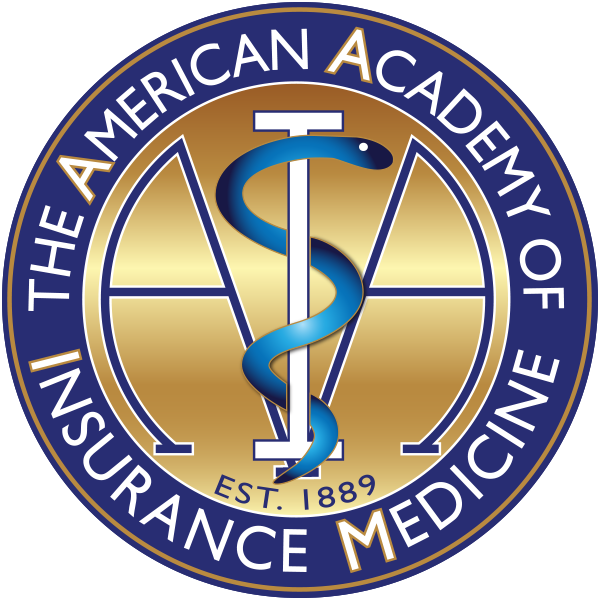Electrocardiograms are similar to those encountered in a typical medical director’s day.
Many of these are covered in the Triennial Course in the EKG section. The candidate should be familiar with the following EKG patterns (note that this list is not all inclusive):
